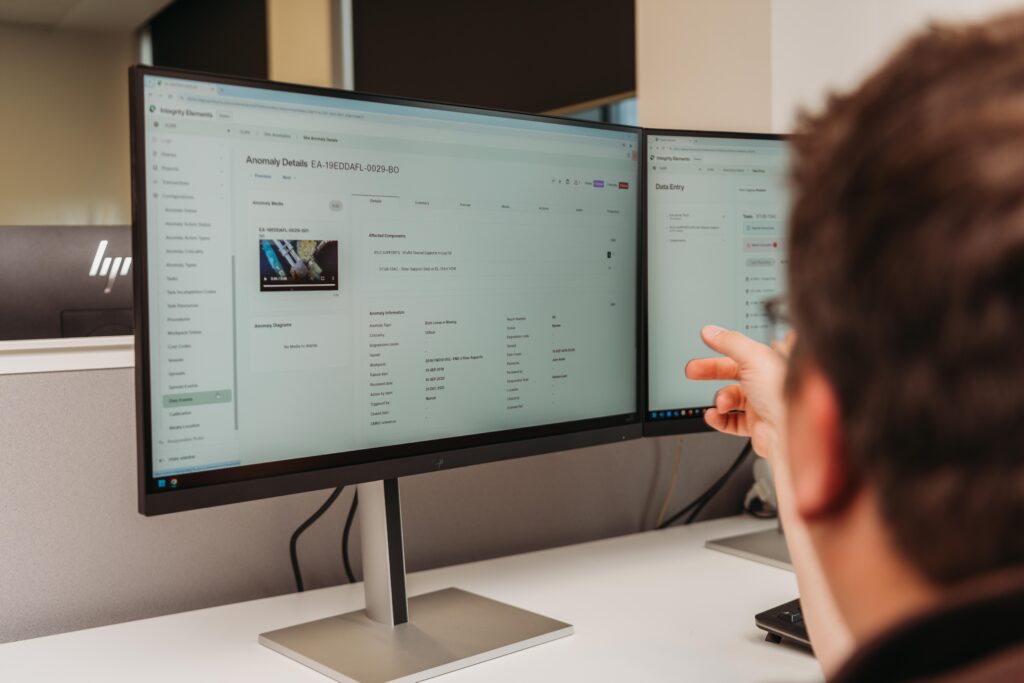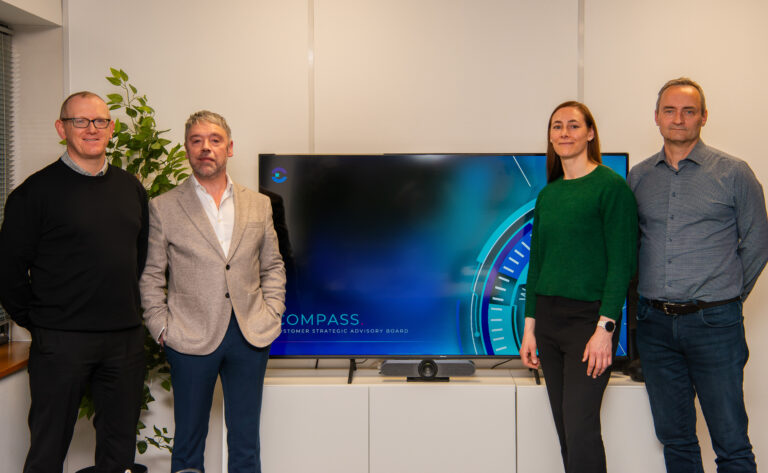In the world of offshore oil and gas, subsea production systems and their associated infrastructure are notoriously difficult to access. This complexity necessitates specialised technology, highly skilled personnel, and comprehensive logistical support, making subsea inspection and data gathering inherently expensive. When we factor in the additional planning, analysis, and engineering activities required for these inspections, we begin to understand the extensive challenges faced by modern operating companies and their partners.
However, significant development, adoption and adaptation in technology are helping to address these challenges across the complete integrity cycle, making subsea inspection campaigns faster, more cost-effective, and resulting in higher-quality data analytics. This, in turn, creates opportunities for optimisation and transformation of current workflows, pointing to a promising future for subsea asset integrity software.
Advancements in data capture technologies
The way inspection and integrity data is captured has undergone remarkable evolution, particularly in the use of remote and autonomous underwater vehicles (ROVs and AUVs). Following the significant increase of the flexibility, adaptability and efficiency of these vehicles, the technology will continue to grow as operators seek more autonomy and cost effectiveness.
The specialised advancements in data gathering devices deployed on these vehicles represent another breakthrough area.
Fast Digital Imaging Inspection (FDII) and Light Detection and Ranging (LiDAR) are now leading the way, enabling superior optical and measurement surveys of subsea infrastructure, resulting in faster inspection results, of improved quality, reducing both risk and cost.
AI and Machine Learning in subsea operations
Artificial Intelligence (AI) and Machine Learning (ML) are playing increasingly critical roles in subsea asset integrity, especially in the area of anomaly detection. Automatic identification, recognition, and sentencing models are being developed that significantly improve the speed of analysis during inspections and post-inspection activities. This automation leverages the vast volume of existing customer data, while removing the need for domain expert dependence for reporting and planning, in turn significantly accelerating the integrity and inspections cycle and in turn the overall productivity of these same experts.
The emergence of Assistive AI, a concept we are exploring as part of our future software roadmap, is further pushing the boundaries of what is possible. Through Assistive AI, we can explore the automation of common tasks and workflows such as campaign planning, workpack generation, and reporting, allowing subsea experts to concentrate on more strategic, creative, and value-adding activities.
The rise of Digital Twin technology
Digital Twin technology is rapidly emerging as a groundbreaking innovation in subsea asset management. Initially focused on visualization, Digital Twins leverage the investments made in core data systems by integrating them into a single, collaborative environment accessible to all stakeholders. This unified approach enhances overall operations and maintenance workflows by providing both 2D and 3D work surfaces.
The use of Digital Twins is expected to continue evolving, acting as the centre of a wider digital ecosystem. By integrating various data sources and specialised applications, this system could enhance the predictive capabilities and enable users to accurately assess risks. Therefore, operators can confidently optimise and transform even the most complex operations, providing more efficient and effective management of subsea assets.
The future of subsea asset integrity software is undoubtedly exciting, driven by continuous advancements in technology that promise to make inspections more efficient, cost-effective, and insightful. From the improved capabilities of underwater vehicles to the transformative potential of AI, ML, and Digital Twin technology, the subsea asset integrity industry is poised for significant change.
At Elementz, we are committed to staying at the forefront of these technological innovations. With an obsession with innovation and development, we are ensuring that our solutions continue to naturally re-define the industry standards for delivery, efficiency, and environmental consciousness beneath the waves.
Unlock the future of subsea asset integrity – book your demo now or explore our innovative software features:







